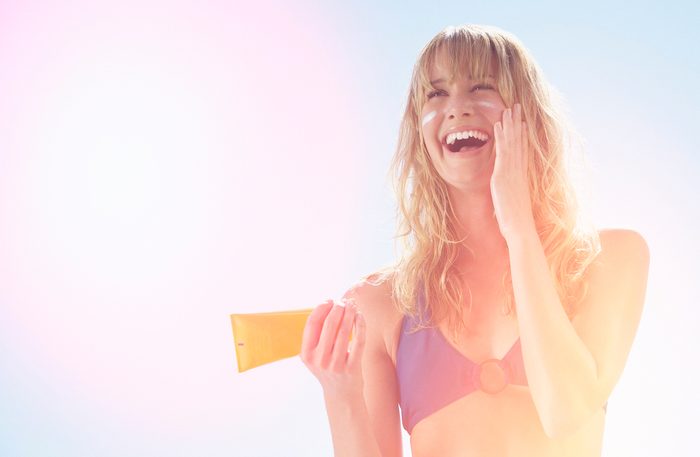Summer’s Best Sunscreen
Sunscreen: It’s one of those habits that, like flossing or taking vitamins, you know you need to do, but it can easily fall to the bottom of your wellness checklist when you’re pressed for time. And let’s face it, in the past, applying and wearing sunscreen hasn’t been all that pleasant – think greasy hands and chalky-looking skin. It’s a far cry from the bronzed beach-babe vibe you’re going for.
But when you consider that wearing sun protection could mean the difference between looking like Gisele Bündchen frolicking on the beach and the leathery-skinned Magda from There’s Something About Mary – or, worse, upping your risk of skin cancer – adding SPF to your regimen really is a no-brainer.
What’s more, today’s sunscreen formulas look almost nothing like the skin-suffocating concoctions of years past and are, dare we say, pleasant to use. The oily feel and ghostly white layers of yesterday’s sunscreens have been replaced with lightweight lotions and sprays that boast high sun protection while delivering skin benefits like moisture, antioxidants and even anti-aging ingredients. Our roundup will help you find new solutions to old problems so you can enjoy a worry-free summer.
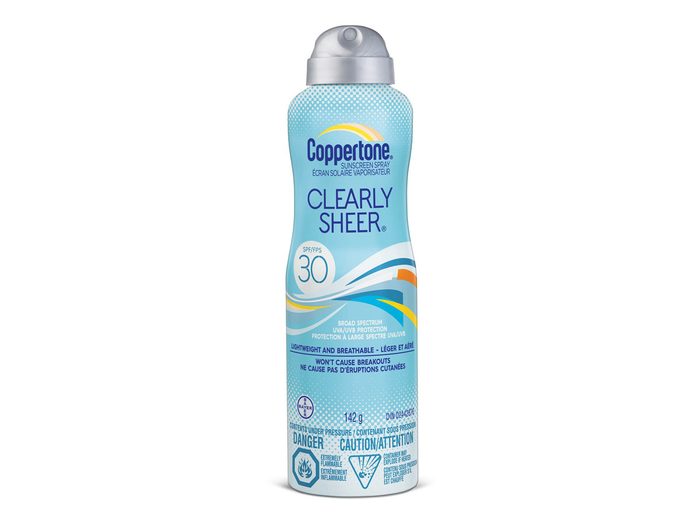
Then: Greasy residue; Now: Lightweight
The new guard of sunscreens is amped up by so-called “boosters” (organic ingredients with built-in sun filters) that enhance the effects of SPF actives. “Traditional chemical sunscreen ingredients tended to be sticky, heavy and oily and, to achieve a high SPF, the levels required dramatically affected the feel of the product,” says cosmetic chemist Donald Frey. “The new booster ingredients, which are often derived from natural, plant-based sources, absorb UV light at various bandwidths and can be combined with actives to deliver a higher SPF for the product than the SPF active alone.” In other words, having less of the heavier chemical ingredients and more of the lighter, organic additives results in an easy-to-apply sunscreen.
Bonus: They’re fast-absorbing, which means you don’t have to wait 15 minutes before hitting the beach
Best for: Sports enthusiasts (the dry, matte finish provides a no-slip grip)
Try: Neutrogena Ultra Sheer Face & Body Stick Sunscreen SPF 50+, $15; Coppertone Clearly Sheer Spray for Body SPF 30, $10
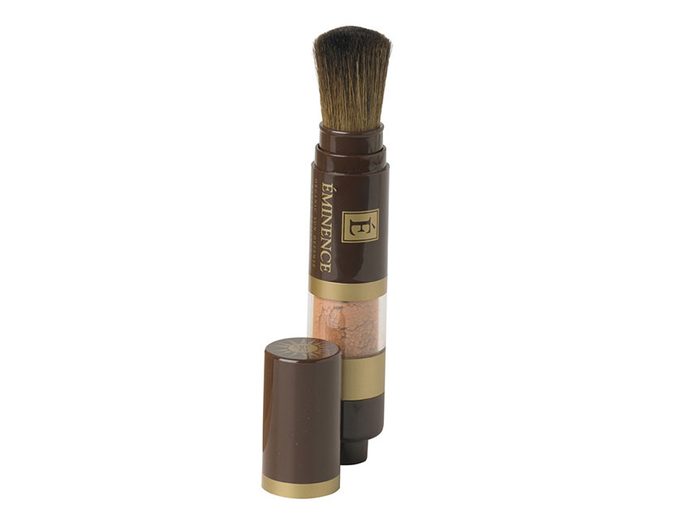
Then: White cast; Now: Sheer formulas and improved physical sunscreen protection
It used to be that the higher the SPF, the thicker and chalkier the sunscreen would be. Now, thanks to nanoparticle technology, physical sunscreens may offer more protection than their thicker counterparts, says Vancouver-based dermatologist Dr. Jason Rivers. Physical sunscreen ingredients like zinc oxide and titanium dioxide are typically large in molecular weight, but reducing their particle size to nanoparticles allows them to scatter across the skin, offering better coverage. The addition of organic sun filter “boosters” also allows for more flexibility in the formulas, says Frey. “By combining these actives with some of the new boosters, as well as controlling the particle size of the zinc and titanium, you can achieve the same SPF protection with less heaviness and chalkiness,” says Frey.
Bonus: Going au naturel doesn’t have to mean sacrificing performance or aesthetic value
Best for: Natural-beauty lovers
Try: Eau Thermale Avène Very High Protection SPF 50+ Mineral Lotion, $30; Éminence Sun Defense Minerals SPF 30, $58
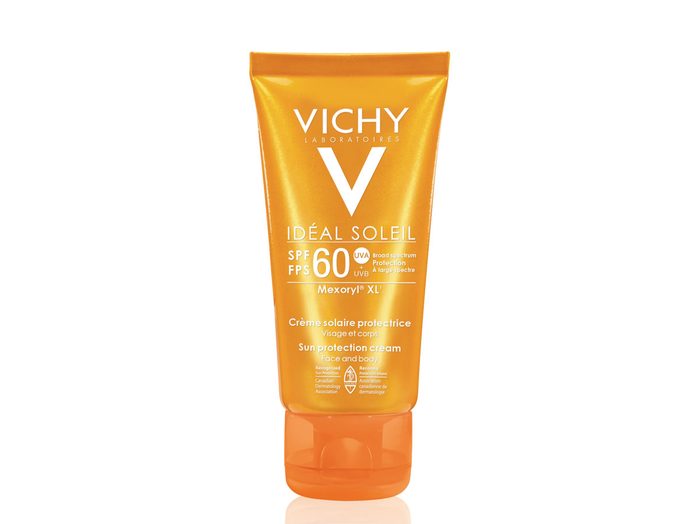
Then: UVB protection only; Now: Broad-spectrum protection
While UVB rays (so-called “short rays”) are the usual culprits behind sunburns, the longer and more menacing UVA rays are responsible for long-term skin damage, such as wrinkles and sun spots. Broad-spectrum sunscreens are a step in the right direction as they protect against both UVA and UVB rays (both of which can be linked to skin cancer, says Anik Kerr-Denis, scientific communications leader for Vichy). Over the past couple of years, Health Canada has gone one step further, with new labelling guidelines for UVA protection: To pass the UVA test and qualify for a circular “UVA” logo, sunscreens must provide at least a three-to-one ratio of UVB to UVA protection. “UVA protection isn’t claimed by SPF on the packaging, whereas UVB is super-clear – if you have SPF 30 or over, you have great protection,” says Kerr-Denis. “But it’s difficult to see what the actual UVA protection is, and this is where the UVA logo comes in.”
Bonus: Better labelling makes shopping for sunscreen less mind-boggling at the drugstore
Best for: Kids, and anyone who plans to spend the majority of the summer outdoors
Try: Vichy Idéal Soleil Bare Skin Feel Lotion, SPF 60, $30; Alba Botanica Very Emollient Sunscreen for Kids, $10
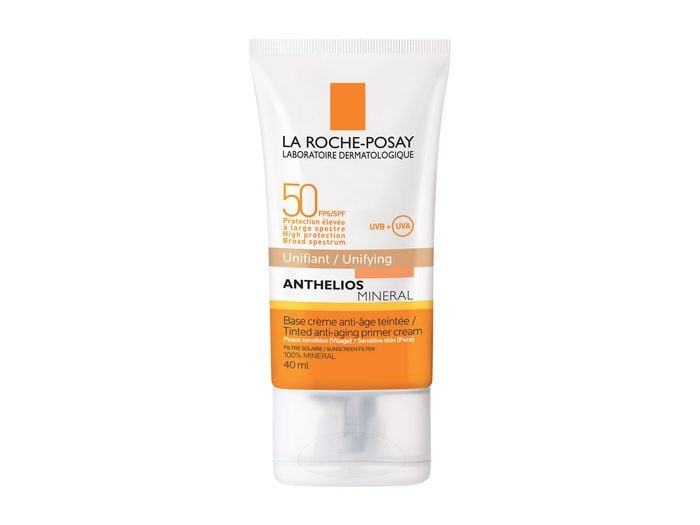
Then: Products that parch: Now: Sunscreen with skincare benefits
The latest sunscreens are laced with skin-loving moisturizers, so they are more comfortable to wear and won’t cause that parched effect (which can be exacerbated by the sun). Plus, free-radical-fighting antioxidant vitamins C and E and thermal water pack an anti-aging punch. “When you’re exposed to the sun, it increases the number of free radicals in your skin,” says Kerr-Denis. “Antioxidants can help reduce the impact.”
Bonus: Hybrid formulas that act like skincare, makeup and sunscreen all in one product let you skip extra steps in your morning routine
Best for: Skincare devotees who love the sun but not its damage
Try: La Roche-Posay Anthelios Mineral Tinted Anti-Aging Primer SPF 50, $39; Hawaiian Tropic Silk Hydration Weightless Sunscreen SPF 30, $12
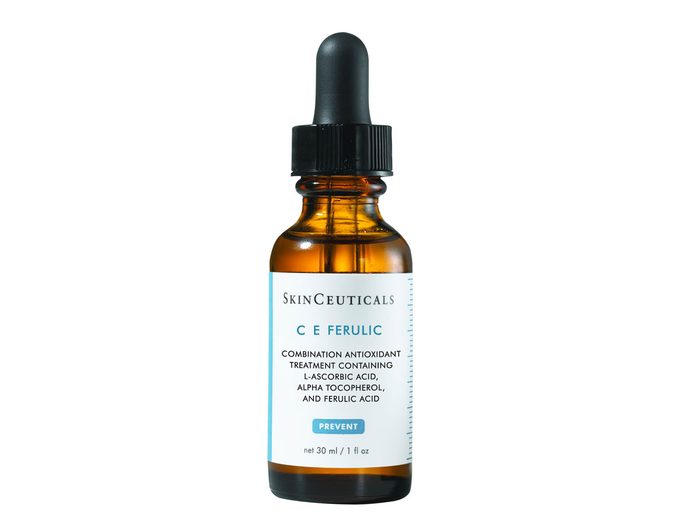
Then: Sunscreen products only; Now: Antioxidant protection from food and skincare
We’ve seen how topical antioxidants can combat skin-damaging free radicals from sun exposure, but their benefits don’t stop there: Applying topical vitamins C and E and ferulic acid can actually help boost the SPF rating of your sunscreen, says Dr. Rivers. Meanwhile, certain power foods that contain beta carotene, lycopene and flavonols (found in foods like bright red and orange fruits and veggies and cocoa) can also offer protection from UV rays from the inside out. Here’s how they work: “Upon ingestion, nutrients are distributed to the skin and eyes and provide photo protection by scavenging free radicals and decreasing tissue inflammation,” says Michele Sevier, education director for Nutrition House Canada. Carotenoids like lutein and zeaxanthin, which support vision health, may also help defend against cataracts, which are affected by sun exposure, adds Sevier.
Bonus: While eating these superfoods won’t allow you to skip SPF altogether, they can offer added protection
Best for: Those looking for extra sun protection
Try: SkinCeuticals C E Ferulic, $166; topical and ingestible antioxidants.
Related:
• 8 Bad Excuses to Not Wear Sunscreen
• Skin Rehab: How to Reverse the Sins of Summer
• What to Look for When Buying a Sunscreen
